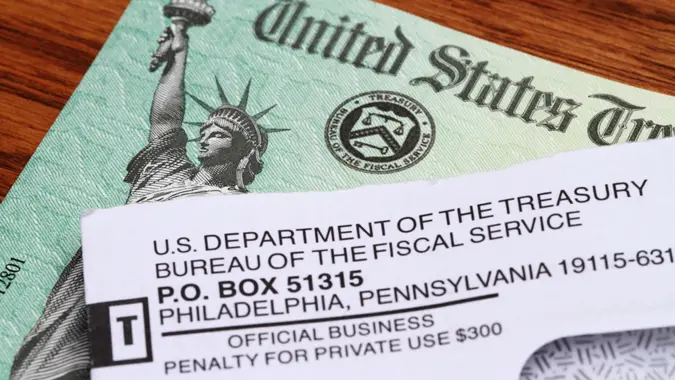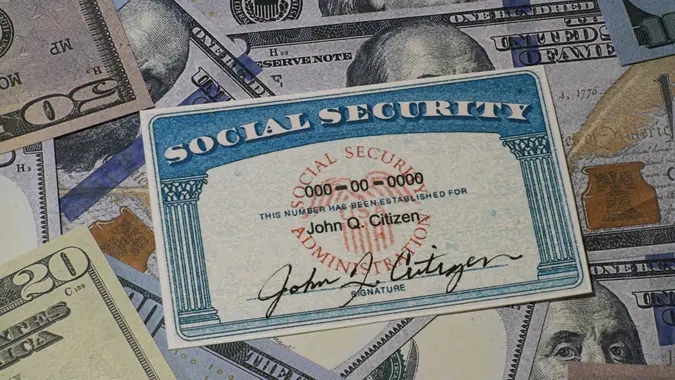Social Security Fairness Act Increases Eligibility for Spousal and Survivor Benefits — 4 Steps To Apply

Commitment to Our Readers
GOBankingRates' editorial team is committed to bringing you unbiased reviews and information. We use data-driven methodologies to evaluate financial products and services - our reviews and ratings are not influenced by advertisers. You can read more about our editorial guidelines and our products and services review methodology.

20 Years
Helping You Live Richer

Reviewed
by Experts

Trusted by
Millions of Readers
Married, divorced and widowed workers with pensions from jobs not covered by Social Security have traditionally missed out on spousal benefits, including former-spouse and surviving spousal benefits — even when the spouses collect(ed) Social Security. That’s because a policy called Government Pension Offset (GPO) reduced or eliminated Social Security spousal benefits for these individuals. As a result, many have never even applied.
The Social Security Fairness Act of 2023, which former President Joe Biden signed into law in January, ended GPO. And because it ended the policy retroactively, beginning with payments for January 2024, you could be in for back payments and monthly benefits if you were affected by GPO.
How To Claim Your Spousal or Surviving Spouse’s Benefits
If you’ve already applied for spousal or surviving spouse’s benefits, you should receive your retroactive payment and the full benefit you’re entitled to automatically. You can verify that the Social Security Administration (SSA) has your correct mailing address and direct deposit information by calling 800-772-1213 or visiting www.ssa.gov/my account to create or log in to your “my Social Security” account.
If you haven’t applied or aren’t sure if you have, you can submit an application. However, the SSA warns that it might base your benefit starting date on the date of your application, so check with SSA if you might’ve applied in the past.
Follow these steps provided by the SSA to start a new application:
1. Gather information. The SSA will ask you many questions, including some you might not remember the answers to in the moment. They include:
- Your Social Security number and your current and former spouses’ Social Security numbers, if you know them
- The dates of each of your marriages
- Your employers’ names
2. Gather documents. The SSA might ask to see the following documents:
- Birth certificate
- Proof of citizenship
- Discharge papers for military service before 1968
- Last year’s W-2 forms (tax returns if self-employed)
- Marriage certificate
- Divorce decree, if you’re applying for spousal benefits as a divorced spouse
- Check or bank statement showing your account number for direct deposit
3. Complete an application. Spouses (including former spouses) and surviving spouses have slightly different application processes:
- If you’re applying for spousal benefits and are within three months of turning 62 or older, apply online from your my Social Security Account, which you’ll find here. If you’re younger than that, visit your local Social Security office or call 800-772-1213.
- If you’re applying for surviving spouse’s benefits, you must apply by phone. Call 800-772-1213.
4. Provide any additional information or documentation the SSA requests. The SSA noted on its website that it might have additional questions for you based on the information you provide. Complying quickly and completely will help you avoid unnecessary delays in receiving your benefits.
 Written by
Written by  Edited by
Edited by 

























